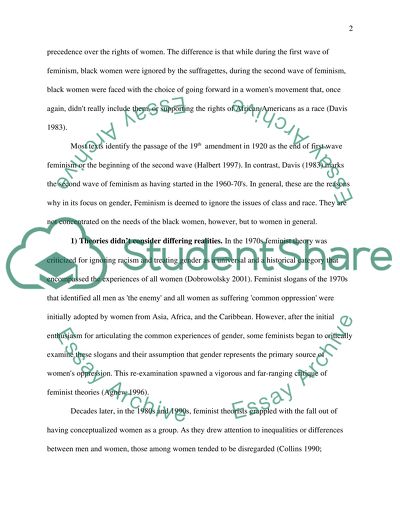Cite this document
(“Feminism: Ignoring the Issue of Class and Race Essay”, n.d.)
Feminism: Ignoring the Issue of Class and Race Essay. Retrieved from https://studentshare.org/gender-sexual-studies/1523365-feminism-college-essay
Feminism: Ignoring the Issue of Class and Race Essay. Retrieved from https://studentshare.org/gender-sexual-studies/1523365-feminism-college-essay
(Feminism: Ignoring the Issue of Class and Race Essay)
Feminism: Ignoring the Issue of Class and Race Essay. https://studentshare.org/gender-sexual-studies/1523365-feminism-college-essay.
Feminism: Ignoring the Issue of Class and Race Essay. https://studentshare.org/gender-sexual-studies/1523365-feminism-college-essay.
“Feminism: Ignoring the Issue of Class and Race Essay”, n.d. https://studentshare.org/gender-sexual-studies/1523365-feminism-college-essay.


